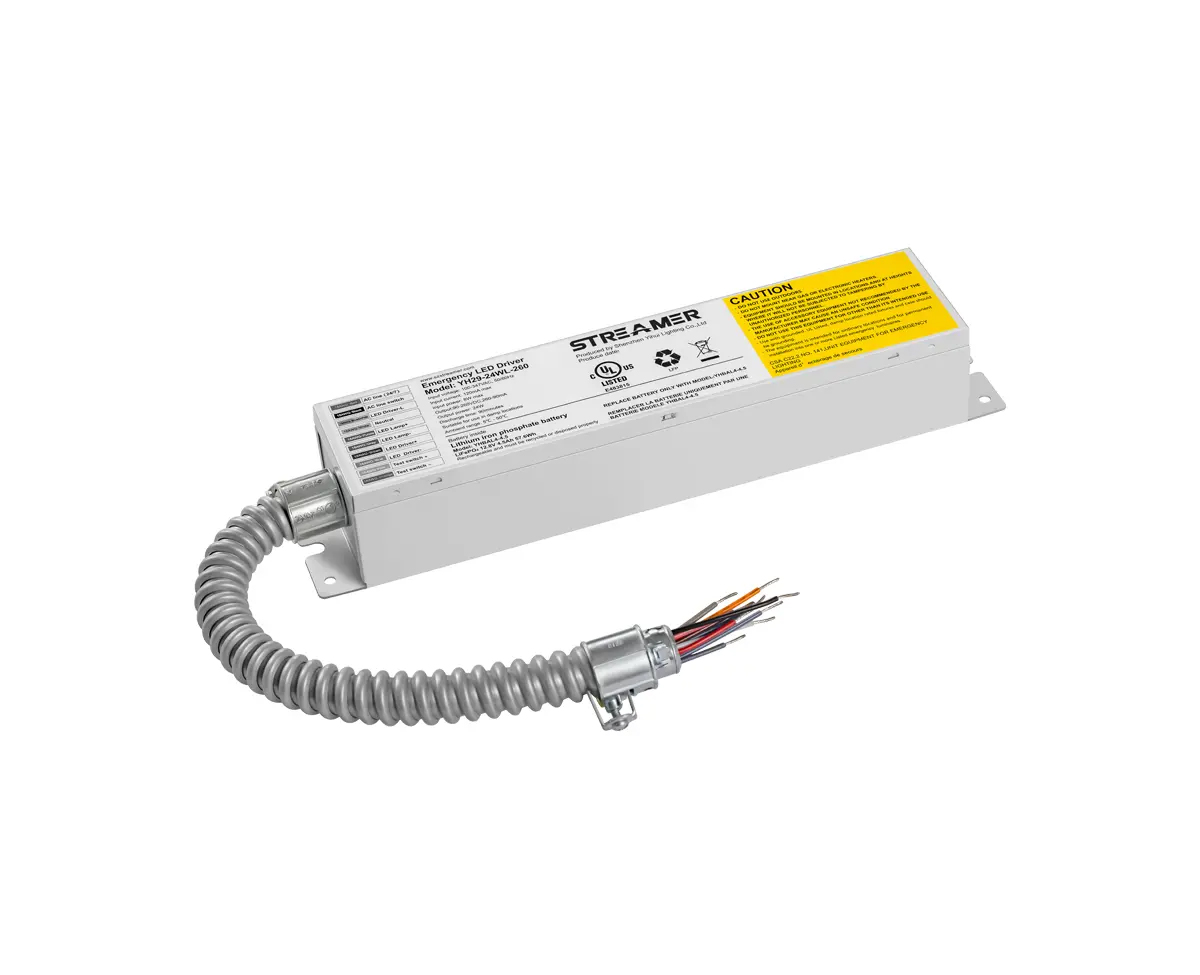 1
1
 Jun 06, 2025
Jun 06, 2025

LED emergency converters offer several significant technical advantages over traditional emergency lighting solutions, making them the preferred choice in modern building designs and emergency preparedness systems.
One of the primary technical advantages is their long lifespan. LEDs have a much longer operational life compared to traditional lighting sources. While incandescent bulbs may last only a few hundred hours and fluorescent lamps a few thousand hours, LEDs can operate for tens of thousands of hours. This extended lifespan reduces the frequency of maintenance and replacement, saving both time and costs for facility managers. In the case of LED emergency converters, this means that the emergency lighting system can remain functional for a long period without the need for frequent bulb changes, ensuring reliable operation during critical emergency situations.
Another key advantage is their rapid response time. LEDs can turn on instantly, unlike fluorescent lamps that may take a few seconds to reach full brightness. In an emergency, every second counts, and the immediate illumination provided by LED emergency converters allows for quick and safe evacuation. This fast response time is crucial for guiding people out of buildings during power outages, fires, or other emergencies, reducing the risk of accidents and injuries.
LED emergency converters also offer excellent color rendering properties. They can accurately reproduce the colors of objects, providing a more natural and clear view of the surroundings. This is important for emergency situations where people need to be able to identify signs, exits, and potential hazards clearly. In contrast, some traditional lighting sources may distort colors, making it more difficult for individuals to navigate safely.
Moreover, these converters are highly customizable. They can be designed to meet specific lighting requirements, such as different brightness levels, color temperatures, and beam angles. This flexibility allows for the creation of emergency lighting systems that are tailored to the unique layout and usage of different buildings. Additionally, LED emergency converters can be easily integrated with smart lighting control systems. These systems can monitor the status of the emergency lighting, perform self-tests, and even adjust the lighting based on occupancy and environmental conditions, enhancing the overall functionality and efficiency of the emergency lighting system.